Lava was the point of this trip! Chris had some time off between deployments so the four of us island-hopped to the Big Island for some volcano viewing.
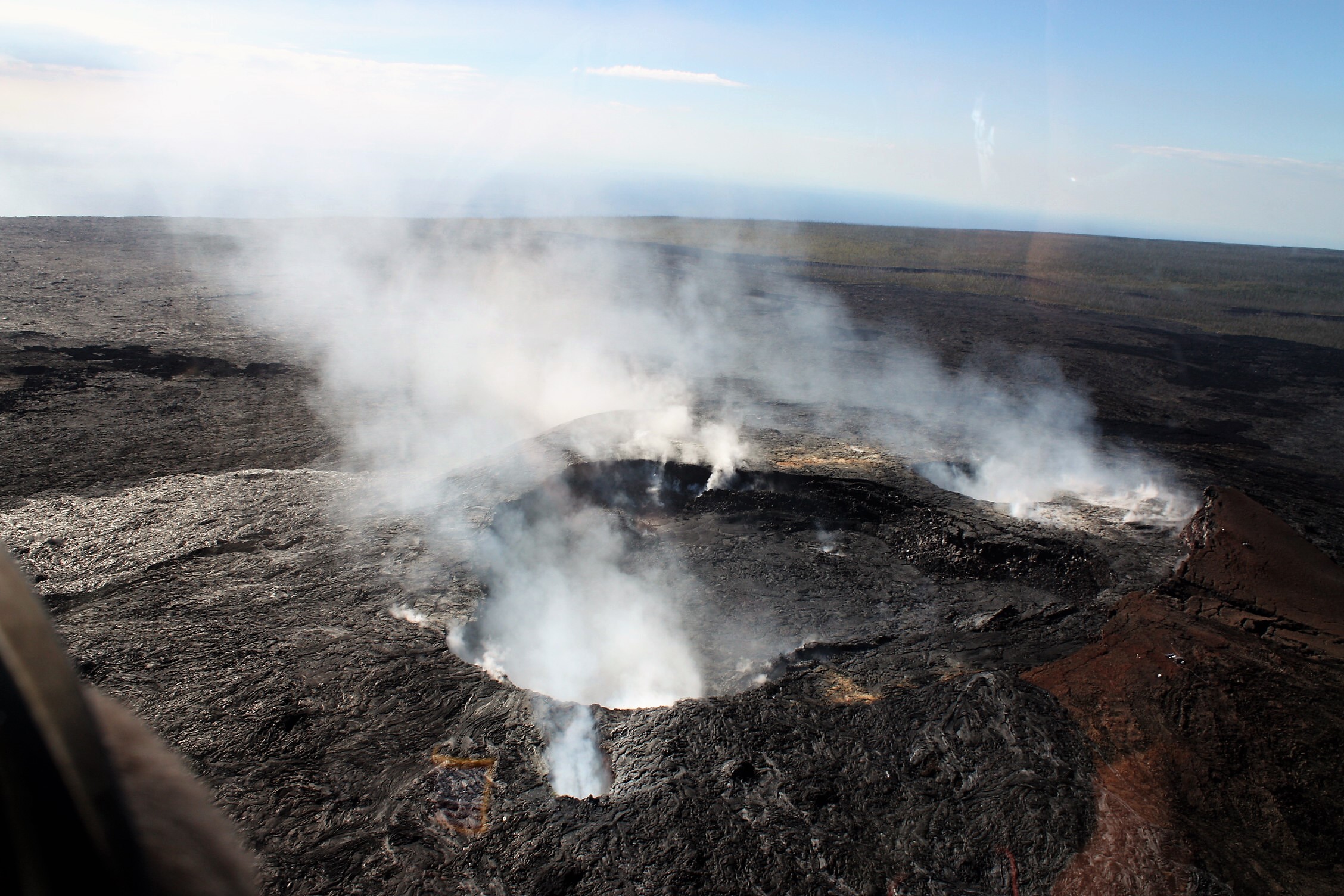
Our flight from Honolulu to Hina was delayed so we arrived in Volcanoes National Park after dark. We checked in to the Kilauea Military Camp cabins and zipped to the Jagger Museum, where we shivered in the damp, whipping winds beneath the hellish glow of volcanic fire. You can’t actually see lava from the observation deck, which is too bad, but at night the molten pit lights up the sky for miles.
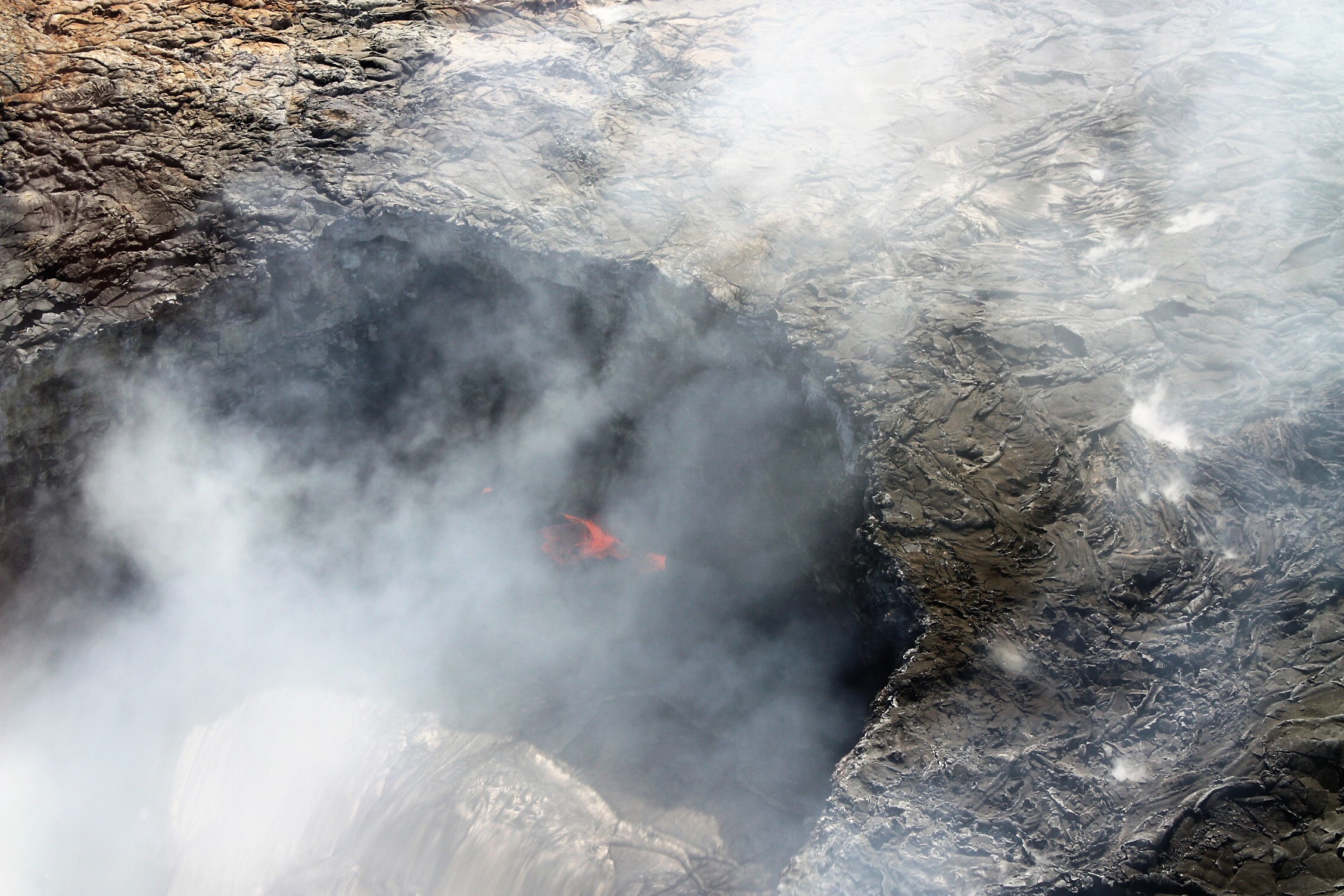
Chris was a little concerned the high winds and fog would affect our helicopter tour the next day, but the morning dawned clear and calm. It’s hard to describe exactly what’s so cool about lava. The unrelenting, uncontrollable power, the force of destruction, the unworldly heat? It hits in the same way as a deep base note or clap of thunder or a lion roaring at night, where you think, “whoa, I hope that’s not coming for me.” So…fear, I guess? Maybe it’s just terrifying on some fragile mortal human level. So yeah, circling the volcano crater and looking deep down into the glowing, churning pit of bubbling lava was both thrilling and terrifying. I had the bizarre mid-air thought that if we crashed, I hoped we’d land in the lava, because that would be so cool I almost wouldn’t even mind the imminent death. …almost, of course.
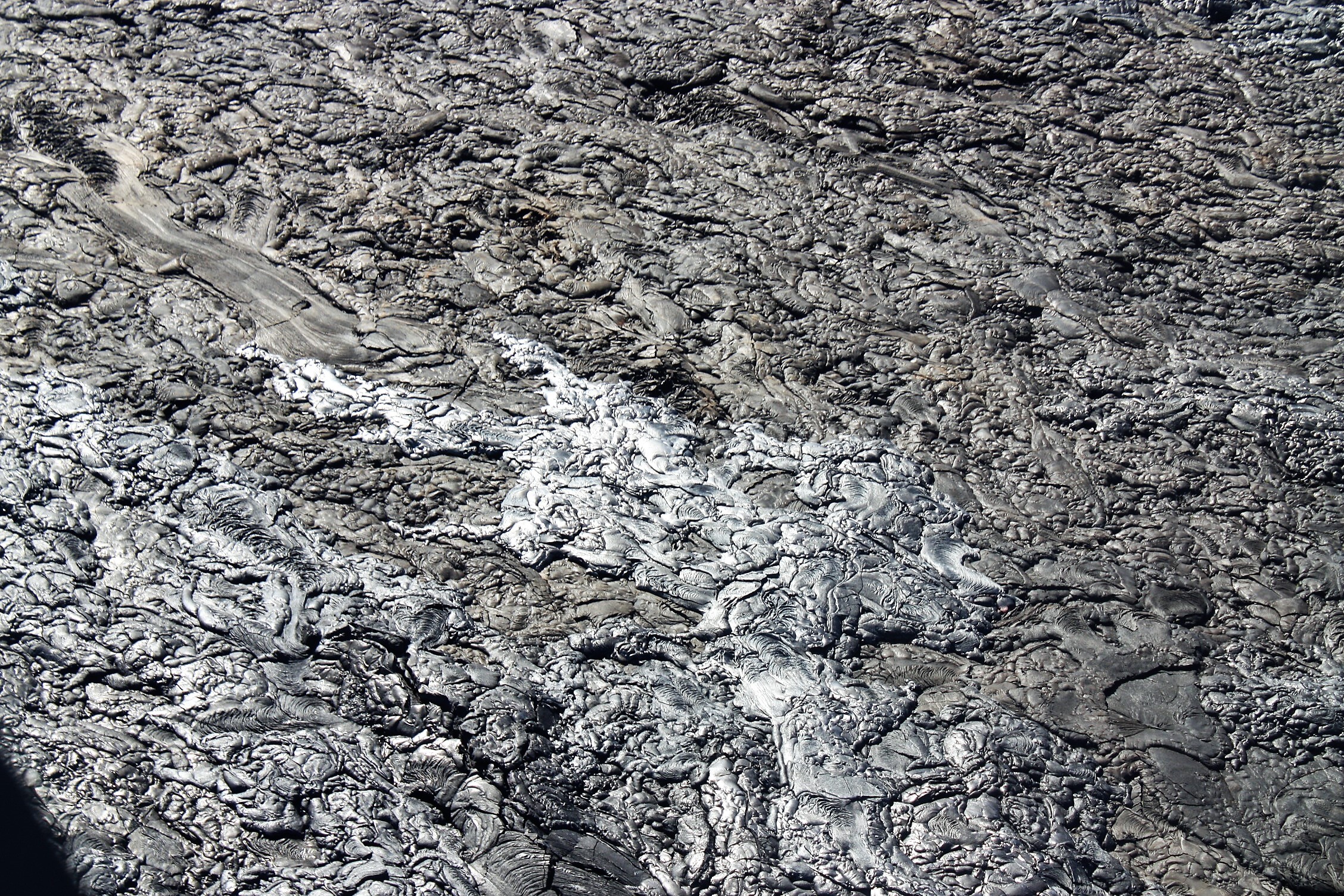
As lava oozes down the side of the shield volcano it is obviously glowing red, with a cooling skin on top. As it cools, it’s shiny silver for a few hours, then fades to light matte gray, then darker gray, then a soft black, and finally dark black. So looking down at the web of interwoven lava streams is like looking at a timeline. Fascinating!
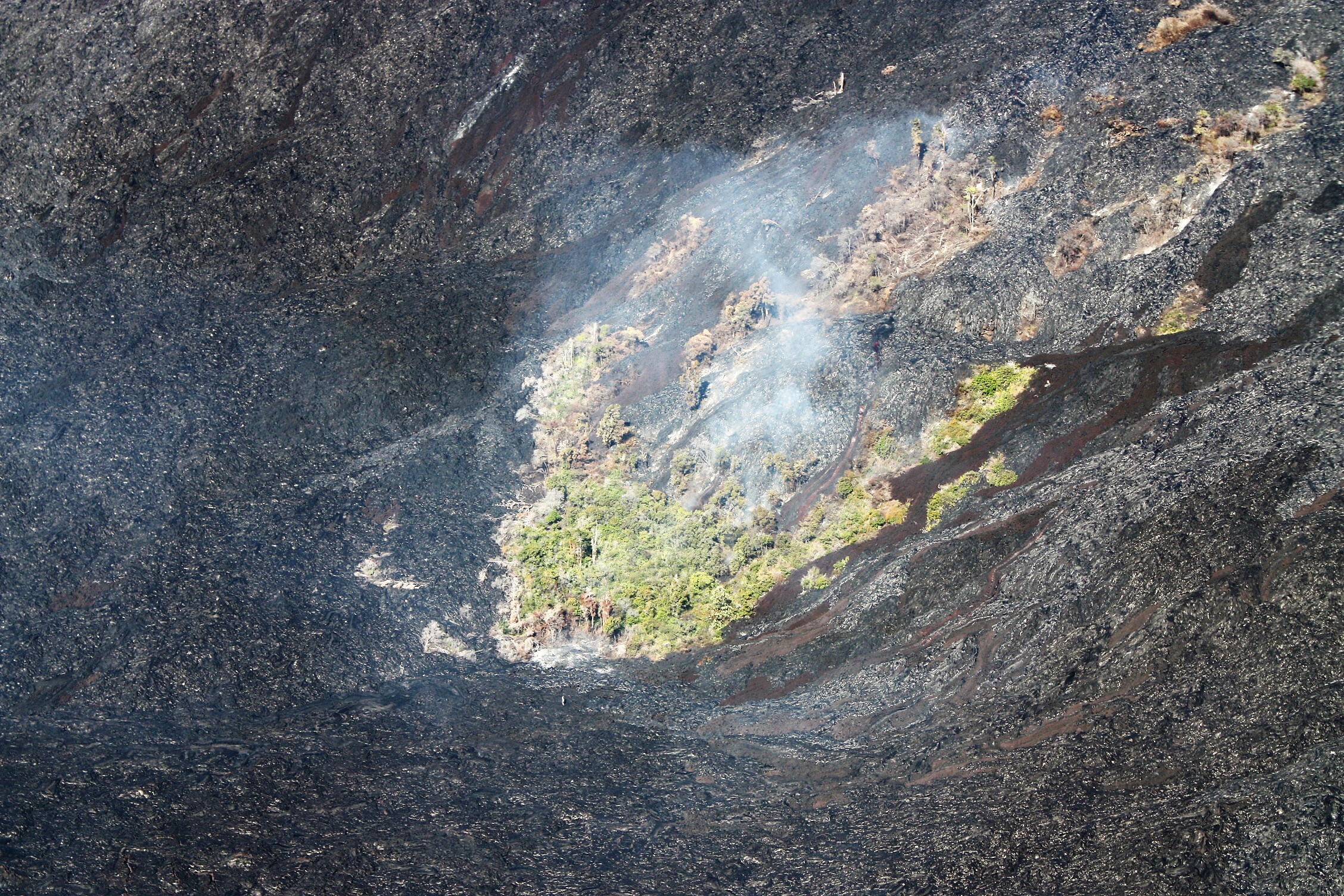
This lava is burning a patch of rain forest that was spared by previous eruption episodes. We circled around a few times, and on the final pass a tree burst into flames. The next three photos are of the same lava flow (different angles and stuff) and you can see the tree is maybe spared…maybe spared…TOAST. 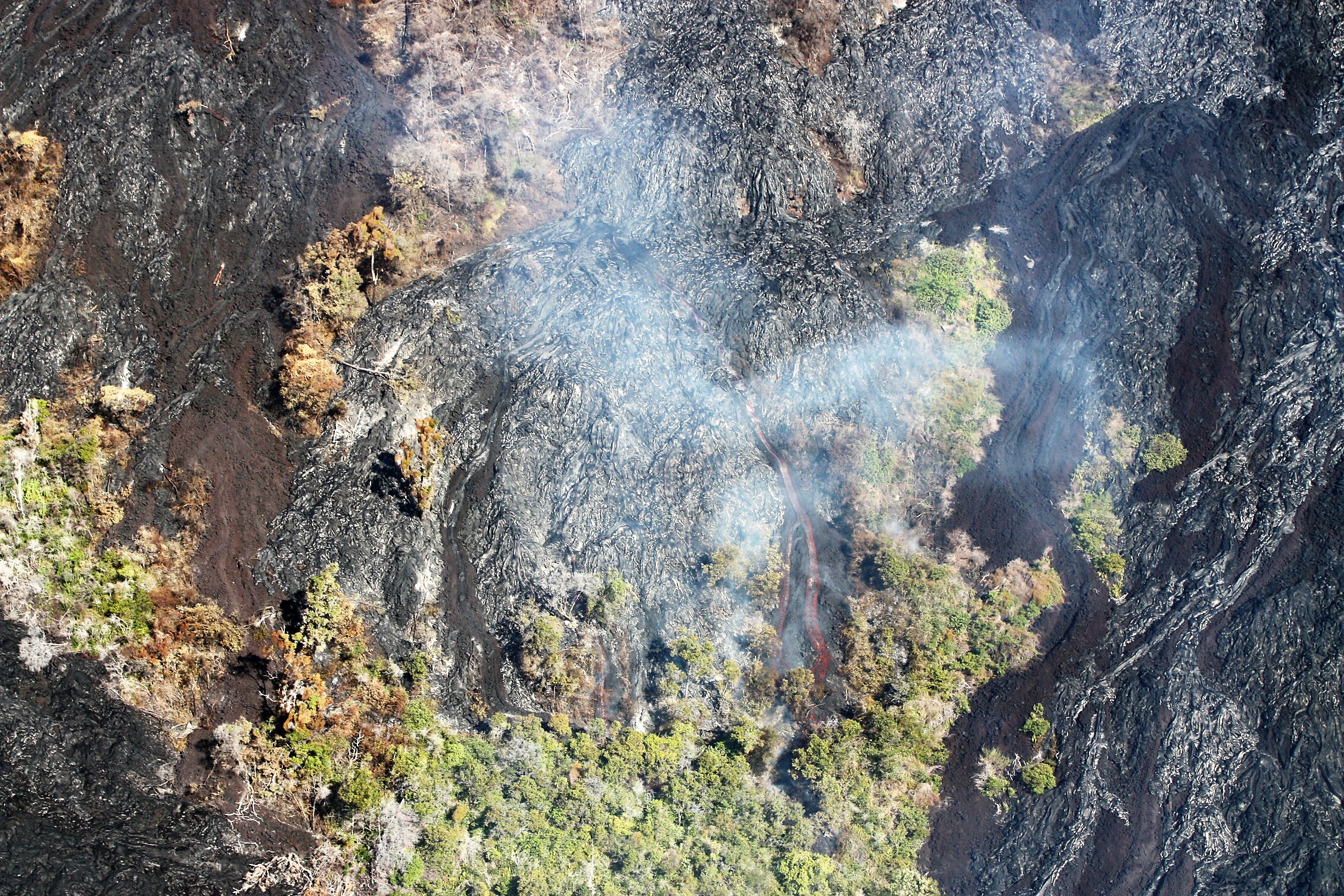
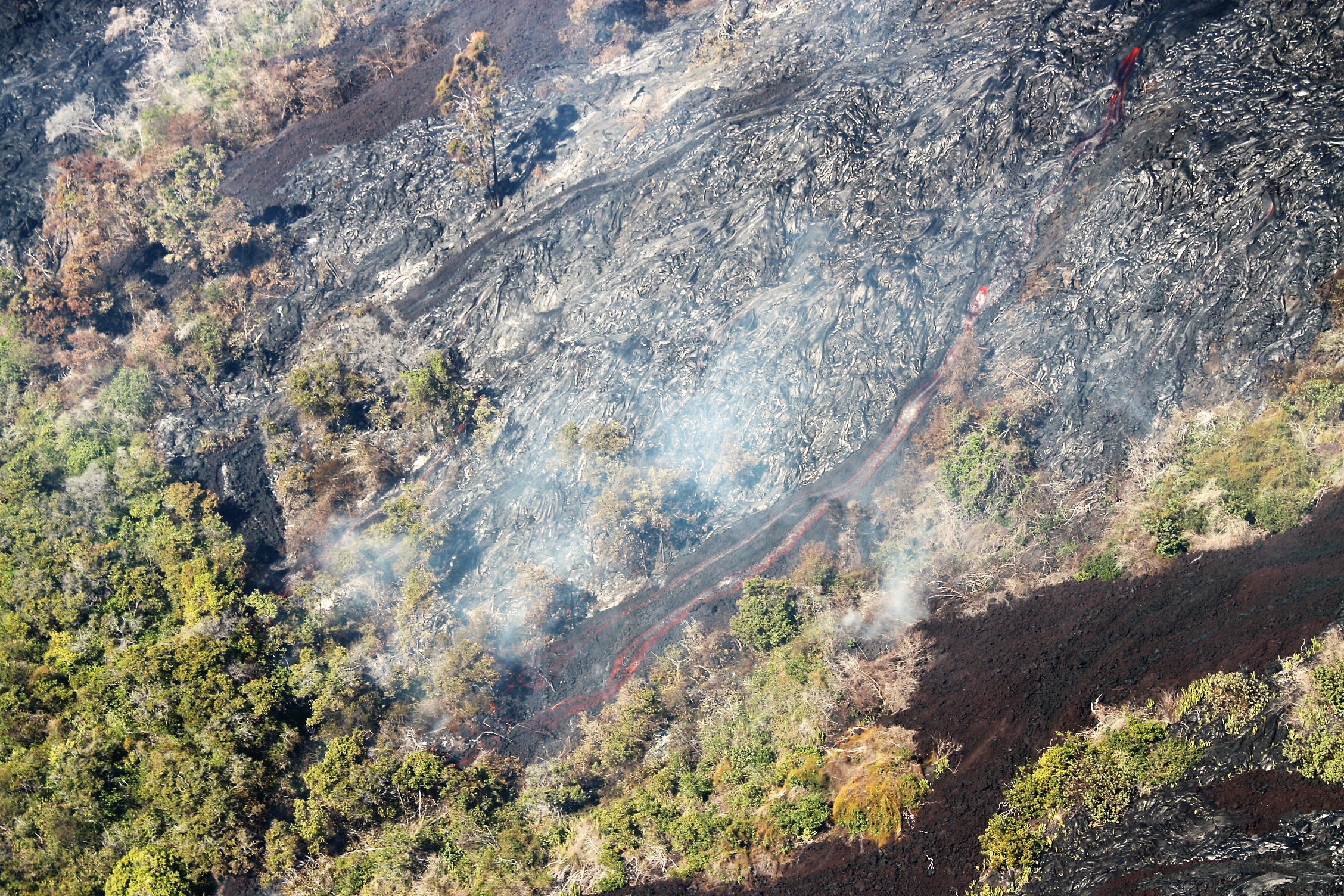
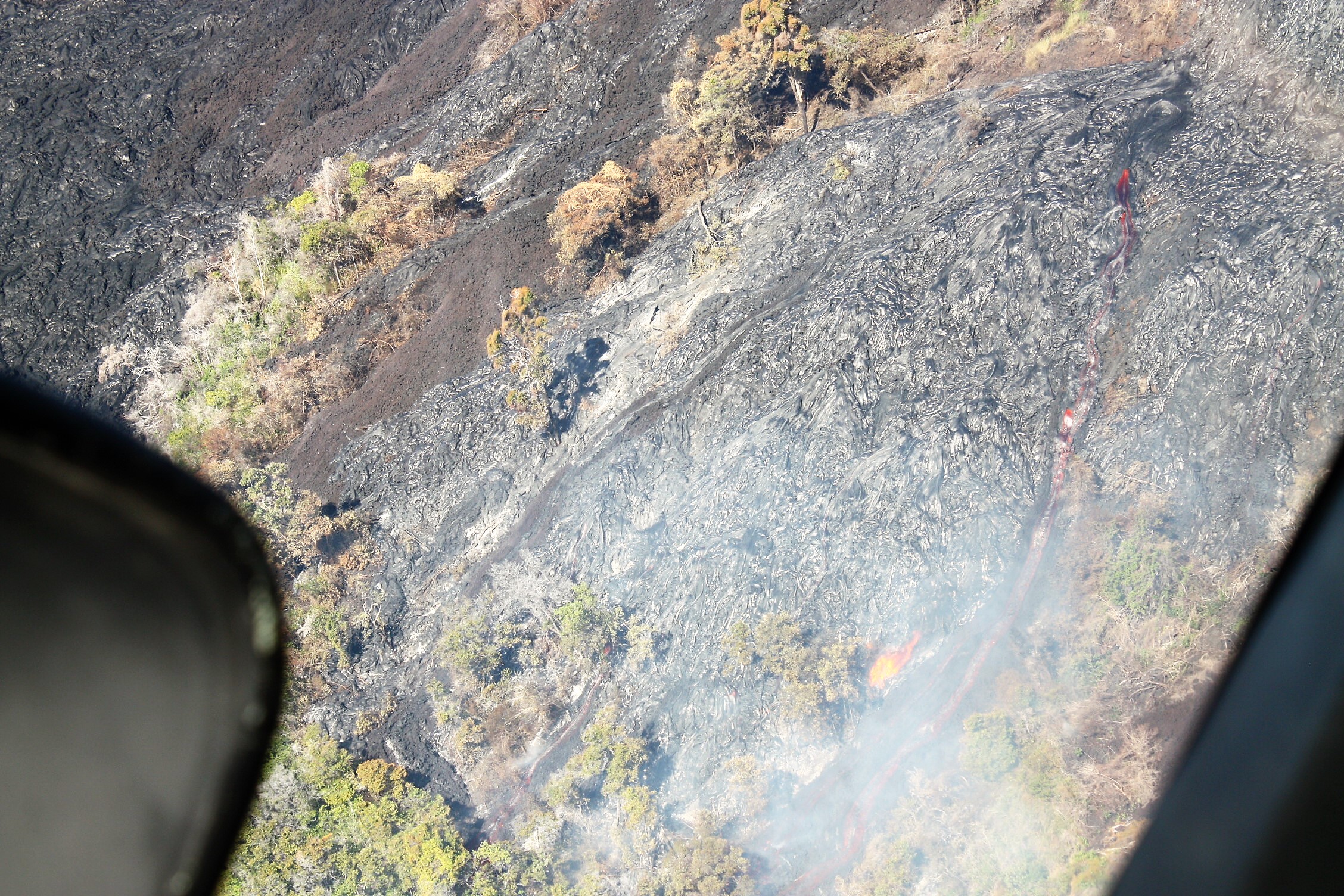
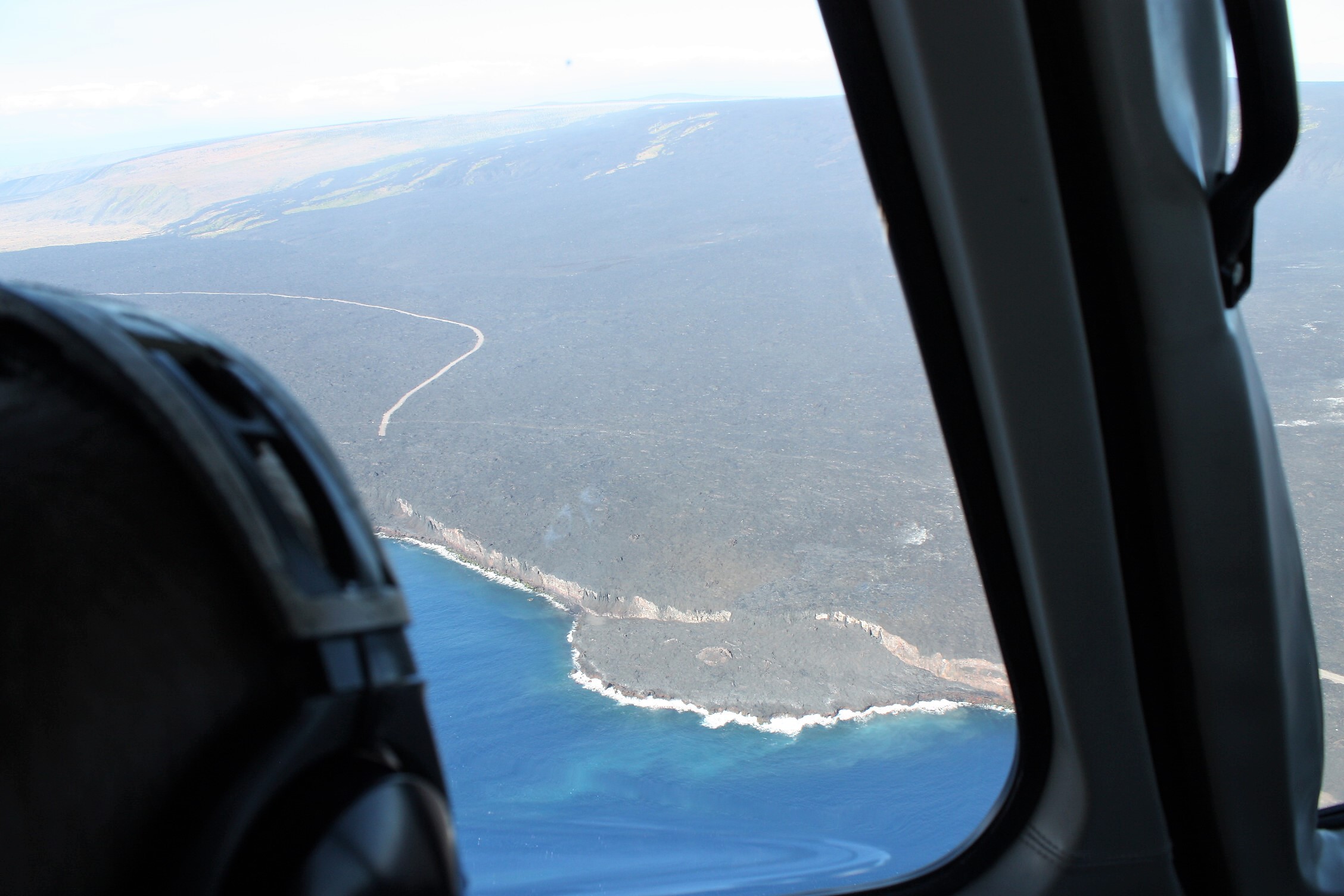
It’s also possible sometimes to do sunrise and sunset cruises to see lava spilling into the ocean. It costs as much as taking a helicopter. I’m glad we picked the helicopter, because a few weeks ago the lava flow into the water diverted or dried up or something. But here’s where it was: the newest coastline in Hawaii. This flow went right over the road that comes along the coast. The road is closed off back at the Holei Sea Arch, so unfortunately you can never simply drive your car to the lava. That is a bummer.
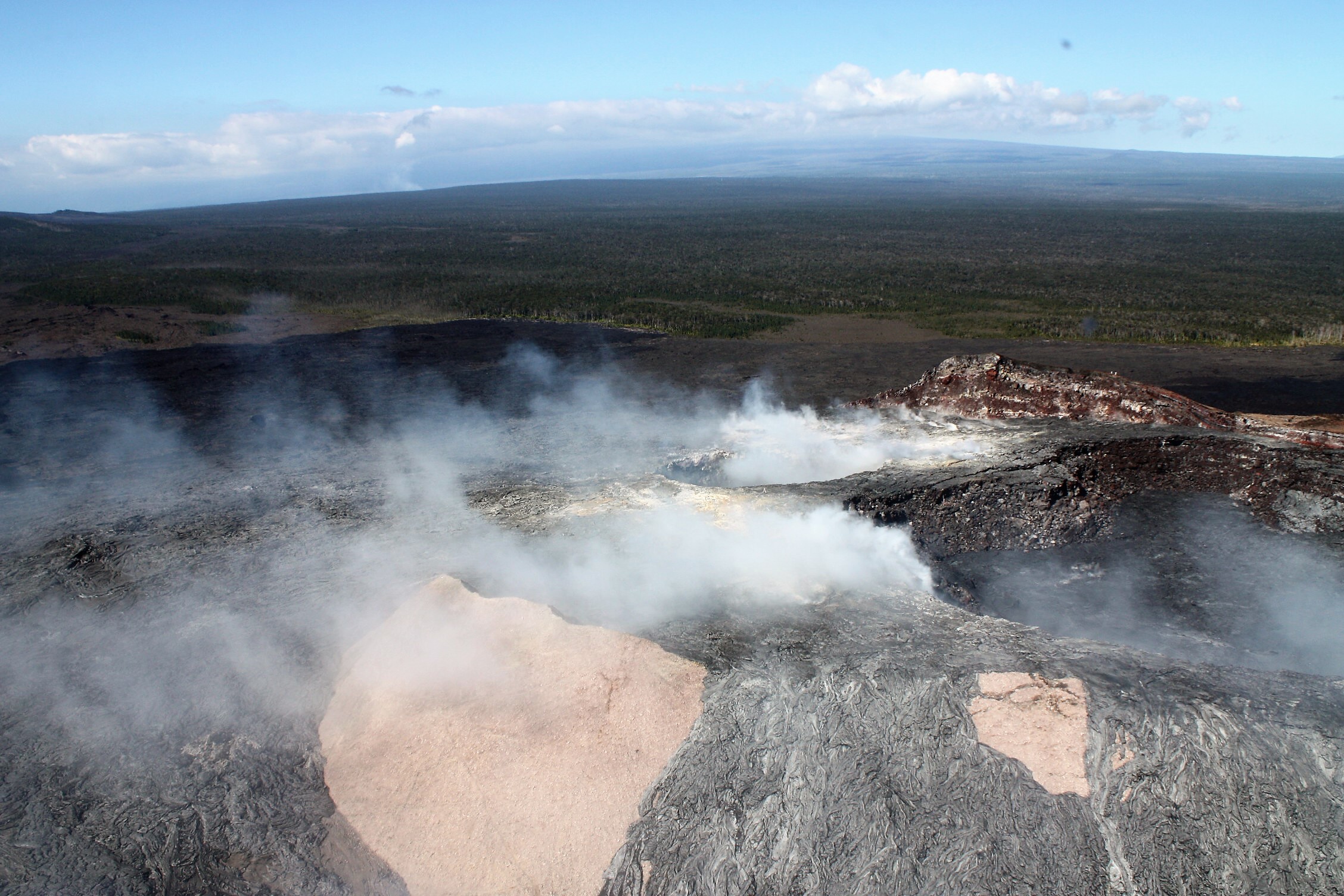
Something that confused me a little about Kilauea is that there are many different craters that have erupted over the past few decades—and continuously since 1983—but it’s all Kilauea. Which is different from nearby, visible Mauna Loa, which also erupted in 1984. Kilauea Volcano summit crater is currently erupting, which is the smoke and glow you can see from the Jagger Museum Observatory. This crater we locked eyes with is Pu’u O’o Vent on the volcano’s East Rift Zone. As you drive through Volcanoes National Park, around the Crater Rim Drive where it’s open and down Chain of Craters Road, it’s like “Here’s a crater that erupted in 1957,” and 100 yards later, “Here’s a crater that was 400 ft full of lava in the 1970s,” and so on. SO MUCH LAVA. I LAVA IT.
“I love lava,” Eloise started saying.
“When are we going to see the volcano?” Isaac asked immediately after we stared down into the volcano.
“Uh, we just saw it, buddy,” I said over the helicopter intercom thing.
“I know, but are we going to see more?”
Not this time, kiddo! Maybe next time we’ll hike out to the lava flow to contemplate eternity.
“You could not compass it – it was the idea, of eternity made tangible – and the longest end of it made visible to the naked eye!” —Mark Twain, “Visions of Hell and Its Angels,” Letters from Hawaii
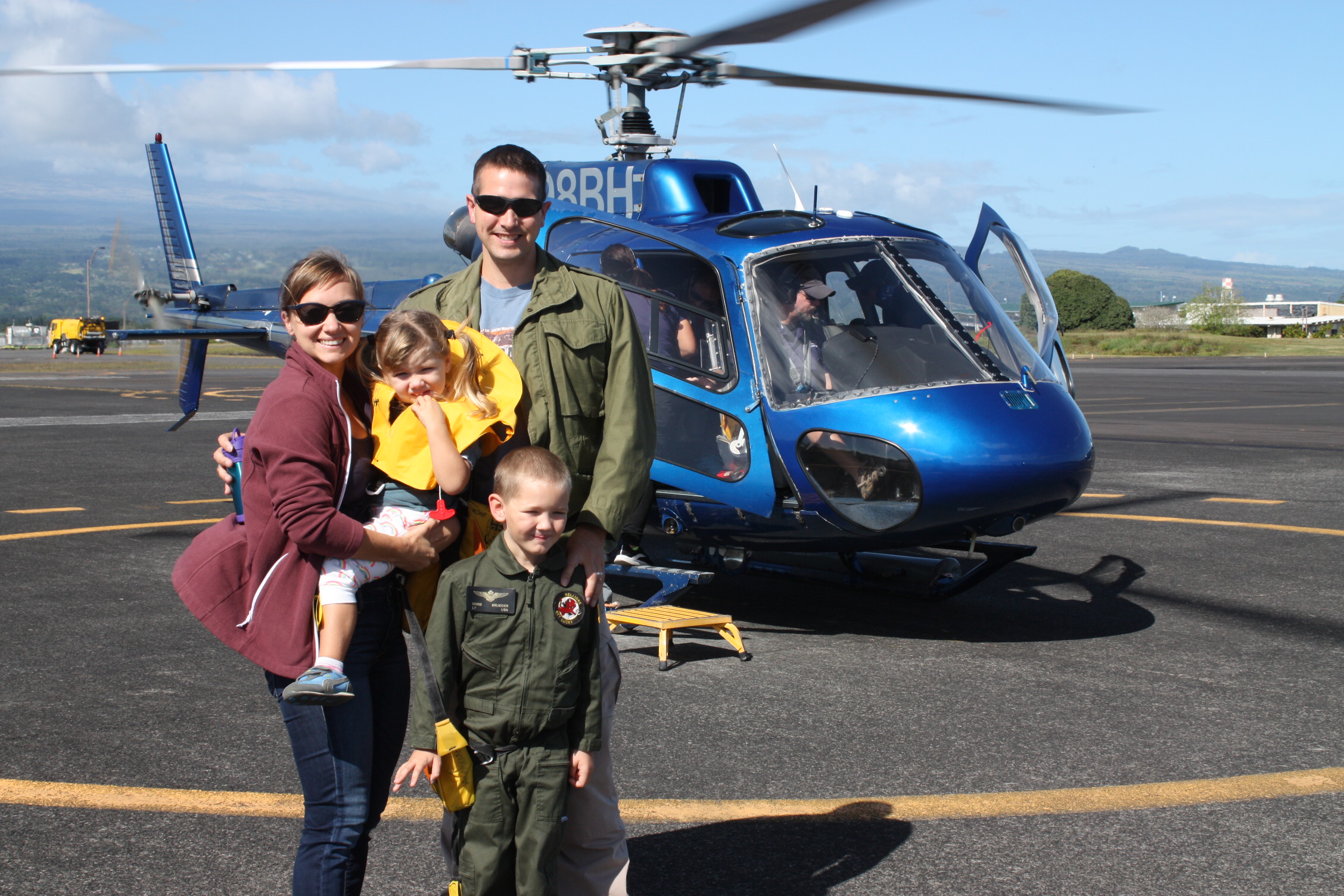
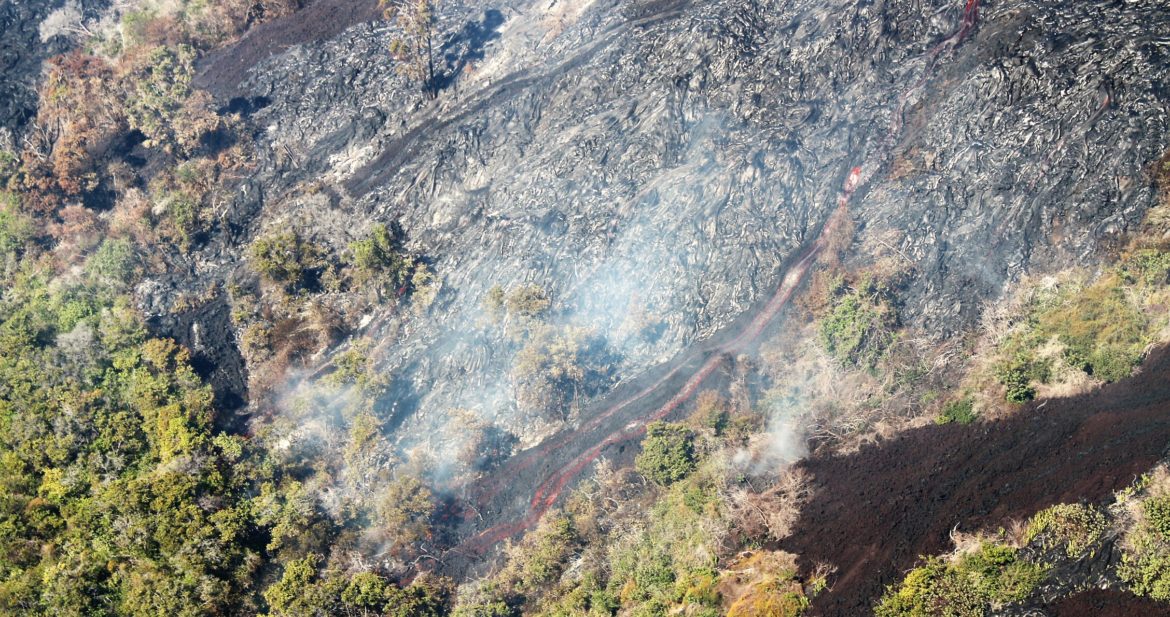
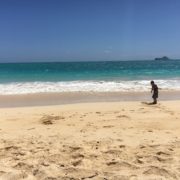 This and That
This and That My Happy Place
My Happy Place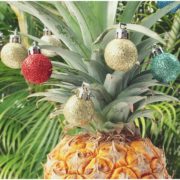 Christmas Season is Here
Christmas Season is Here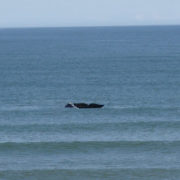 January Blues
January Blues